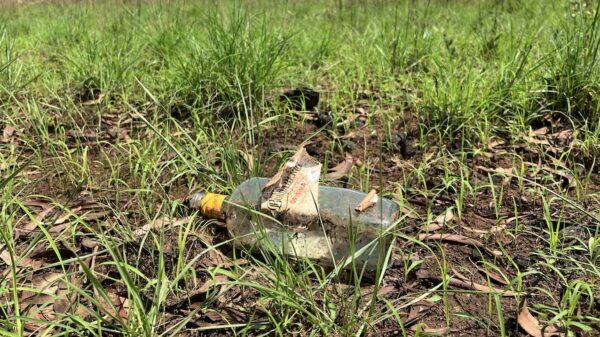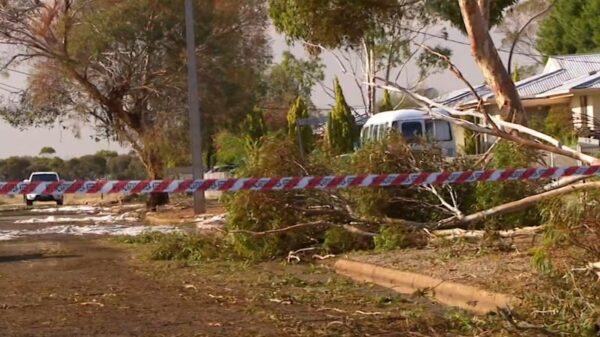URGENT UPDATE: Land values across Coastal New South Wales have surged to an unprecedented $582 billion, according to a new report from the NSW Valuer General, Sallt Dale. This marks a significant 2% increase from $570 billion in 2024. While urban areas celebrate this record growth, rural land values have seen a slight decrease of 0.5% in the same timeframe.
The report detailed an analysis of nearly 23,000 property sales, highlighting the importance of property sales in determining land values. Dale emphasized that the coastal market has experienced overall growth across residential, commercial, and industrial sectors, despite the dip in rural land values.
“Coastal areas of NSW recorded an overall increase of 2.3% in residential land values,” said Dale. The commercial market is also showing promise, with slight increases following the trend in residential areas as confidence returns to these locations. Notably, commercial properties with mixed-use potential have experienced some of the largest spikes in value across the region.
Industrial land in coastal NSW has seen the most significant growth, with an impressive average increase of 4.7%. Dale noted, “Industrial land values showed the largest overall growth in coastal NSW,” indicating strong demand in this sector.
Conversely, rural land values in coastal regions have fallen by 0.7%. Dale pointed to a softening in the rural lifestyle holiday home market and a continued correction in demand for secondary locations as key factors contributing to this decline.
These new land values will be crucial for calculating land tax for property owners, with assessments from Revenue NSW expected to commence in January 2026 for the 2026 land tax year. Registered land tax clients should prepare for their assessment notices to arrive soon. For additional information on land tax, thresholds, and exemptions, visit revenue.nsw.gov.au.
Local councils will receive updated land values every three years, using this information as a basis for setting rates. This ongoing adjustment is critical for maintaining fair taxation and ensuring community development aligns with property value changes.
As these developments unfold, the impact on homeowners, investors, and local economies in the Central Coast region remains to be seen. The shifting landscape of land values is sure to influence future property decisions, making it essential for stakeholders to stay informed.
For those monitoring the real estate market in NSW, this report signals a pivotal moment in land valuation trends that could affect investment strategies and community planning moving forward. Share this update to keep your network informed!





























































